Different tasks require different tools for their implementation. In the 21st century, such a tool is application, which covers up to 100% of the IT needs of modern businesses.
These solutions include free (OSS based on GPL3) and commercial. The latter kind prevails in the market, as it offers much wider and more stable functionality with lots of significant advantages.
According to Statista, revenue from software application development amounted to $152 billion in 2022. By 2028, this amount is expected to grow at a CAGR of 7.04%. Thus, the projected revenue will reach more than $234 billion, which is comparable to the GDP of some countries.
Considering this, it can be argued that the potential of common application software is far from exhausted. Moreover, trends and innovations in IT create new opportunities for presenting original ideas to your target audience.
The main thing is to correctly use the advantages of modern digital solutions and adapt them to your project.
Lampa Software specialists have prepared a list of software applications popular in various industries. By exploring them, you will understand which concepts should be applied to custom software development.
Understanding Application Software
In short, this kind of application has a specific purpose and numerous niche functions. Depending on the type, they can act as work/business tools or entertainment platforms.
They are usually implemented for a specific OS or category of devices: PCs, smartphones, etc. However, modern trends dictate their own game rules to distributors, so multi-platform apps are gaining popularity. Could we imagine 10 years ago that a full-fledged version of Lightroom would work without problems on Android or iOS?
And although the app is classified as a highly specialized program for PC, this statement is not so relevant in 2023.
Definition and Significance
The modern format of program has several differences from the usual type:
Multi-platform. Most IT solutions from the list of application software in this article have several versions: for PC and mobile devices.
Serviceability. You use the function – you pay, if not – you don't pay. The conditionally free model has transformed into “on demand”.
Synchronization. You use a program on your PC and then on a smartphone without losing progress. Nowadays, this does not only apply to the Apple ecosystem.
Cloud. Recall the name of any application software, and most likely, only its client part should be installed on your device, and the operating part is connected from the server.
Integration. Not only with the OS but also with third-party programs, applications, services, etc.
Modularity. If any component is required, install it. If not – refuse, and you can add it to the system whenever necessary.
Don’t forget about a reduced dependency on hardware architecture and software standards, better niche functionality, and a wide feature arsenal. Actually, these are the key advantages of this type of IT solution.
Although it seems that everything here is standard in terms of capabilities, it is worth looking at the internal aspect, i.e., the development of software applications.
Application Software Development Process
If frameworks are usually used to implement mobile or hybrid applications, custom application software requires programming from scratch (but not always).
Agile and DevOps are the most relevant methodologies today. They have a similar development structure and a few minor differences. However, both are perfect for implementing applications. The process looks as follows:
Analysis of the client's niche and ideas.
Creating the concept and models of the future solution.
Choosing the technical stack (architecture and a software framework), roadmap, budget, etc.
Creating design template.
Launching the development process and testing of a digital product.
Adjustment (in case of deviations from specifications, change of development vector, need for new solutions, etc.).
Retesting.
Implementing MVP (optional).
Collecting customer reviews.
Optimization of the IT solution.
Involving technical support staff.
Software scaling.
In short, development continues throughout the entire SDLC cycle: for months, years, or even decades. Sometimes canonical methodologies like Waterfall or RAD are used instead of Agile and DevOps, but it is the exception.
However, these are all nuances that are of the least interest to program development customers. Therefore, we suggest moving forward to the review (and maybe some criticism) of our software applications list.
From these categories of application software, you can adopt some effective solutions and ideas that will make your product popular.
Types of application programs
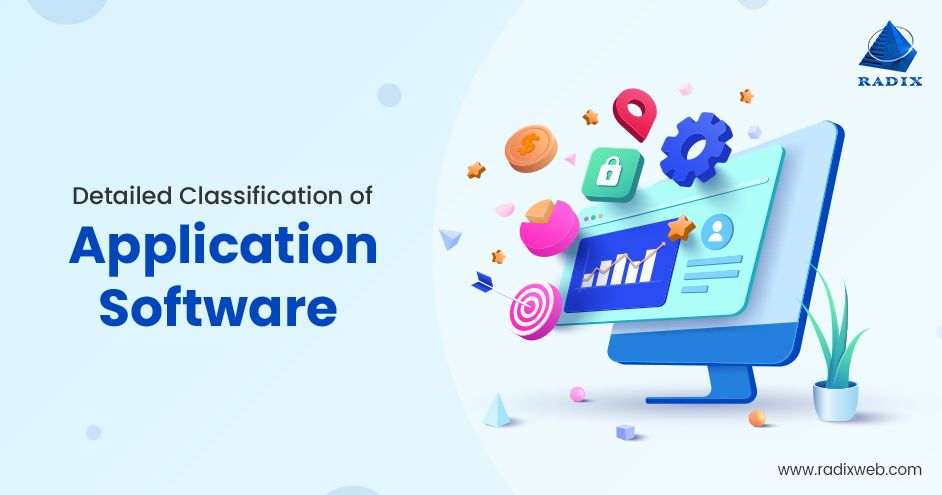
There are lots of programs designed for different purposes. However, not all of them are so common that you might have heard about them at least once. We will focus on IT solutions used by millions of people worldwide.
Firstly, let's characterize the categories of popular applications:
Office packages.
Digital solutions for creating visualizations.
Packages for working with content.
Multimedia aggregators.
Corporate products.
Platforms for cooperation.
Data exchange.
Package (box) systems.
Open-source software.
Solutions for scientific or educational works.
Network programs.
Other types of custom software.
Let’s consider the list of application software names and the benefits of application software of each kind.
Productivity Software
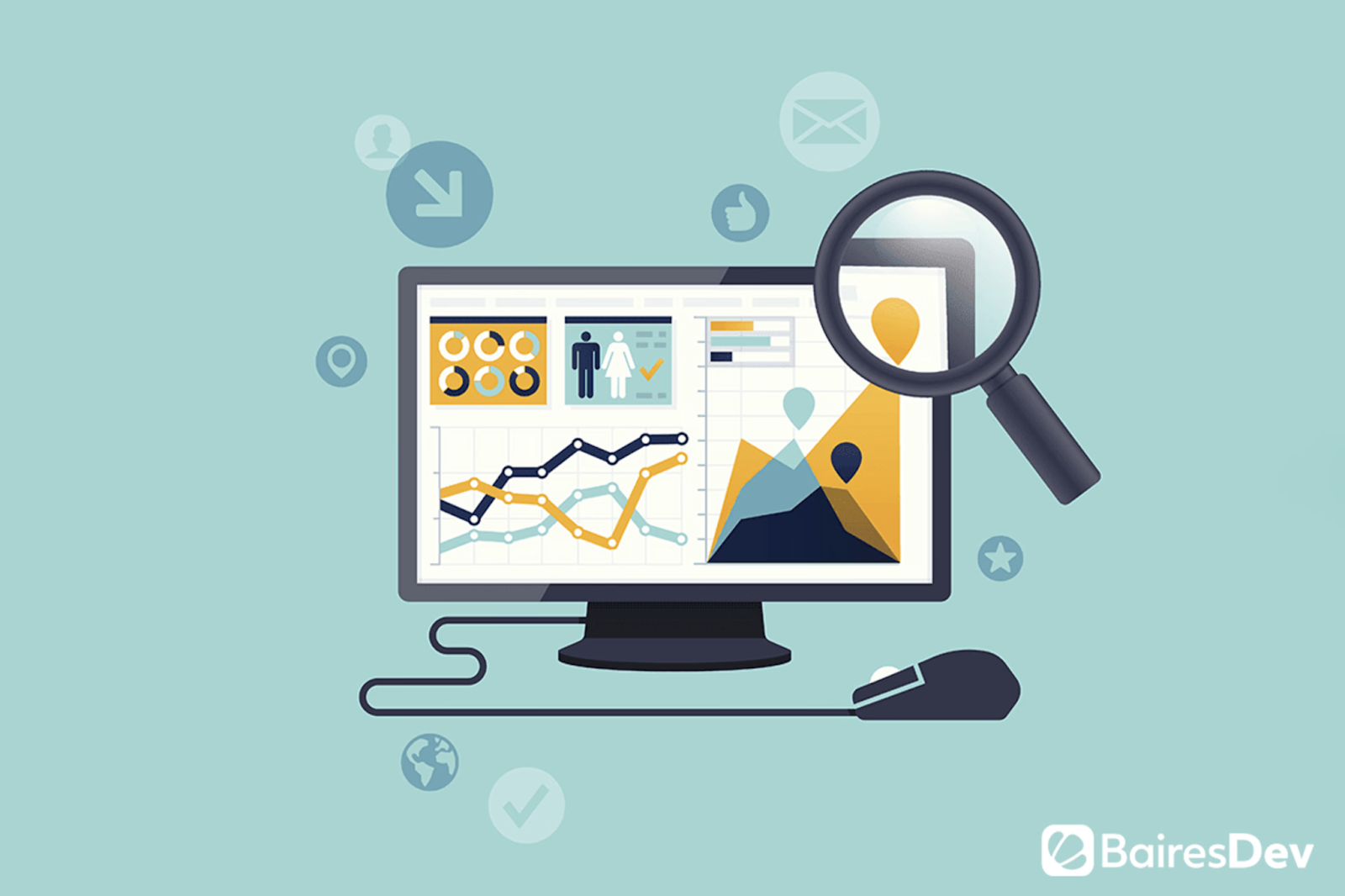
Productivity software is a class of office (and not only) solutions that ensure uninterrupted and cooperative work with documents. Not only text or tables but also more narrowly focused, or vice versa, multifunctional.
Looking ahead: most of the packages, programs, and systems described here are famous and used for various needs. Both in work tasks and for personal purposes.
They help not only to conveniently work with documents but to combine the work of several specialists in one working environment. Functions of application software of this type are focused on the most critical business needs to provide fast and stable solutions to your business tasks.
P.S. Some packages may be repeated in several categories as they suit several purposes.
Word Processing Software
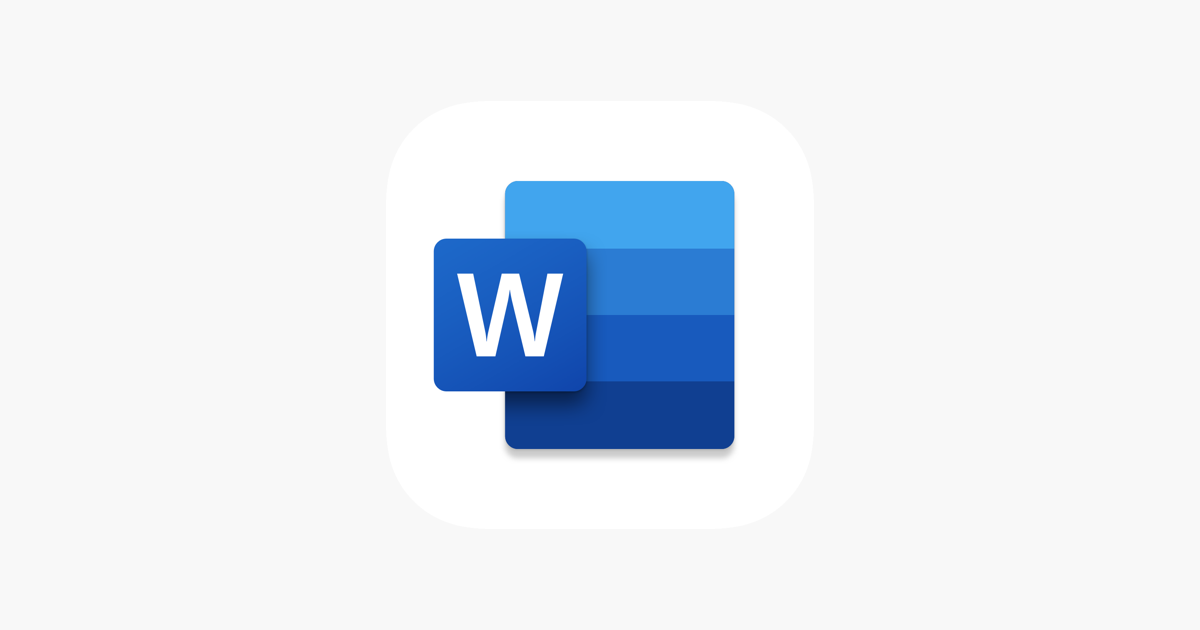
Products of this type are intended for working with documents and their sharing between employees, partners, etc. They usually have typical features like word processing, formatting, etc.
The brightest representatives of the segment:
Microsoft Word. The most famous niche product, whose roots go back to the 1990s. Now there are several variations, including a standalone package and a version integrated into the Microsoft 365 system.
Google Docs. A best-in-class free solution available to PC, smartphone, etc. users. It has a web version and a mobile app that simplifies access to documents.
WPS Writer. Conditionally free solution based on the package of the same name. Offers the entire range of functions from standard Word, but with some minor differences.
In addition to these examples, there are other word processors, but these are considered the most popular in the class.
Spreadsheet Software
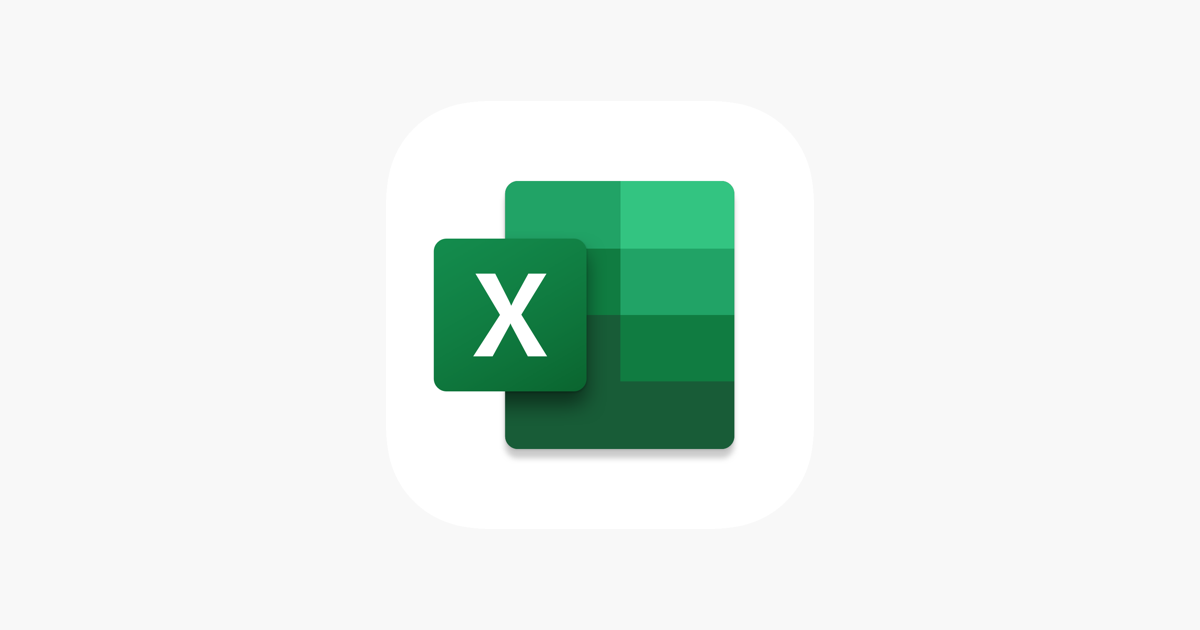
Apps from this class are designed for working with tables. Not only their design or editing but also designing programs or algorithms for business.
They are used by accountants, marketers, content writers, analysts, and scientists. In practice, the spectrum of use is much wider and is not limited to the specified professions.
Typical representatives of the segment include:
Microsoft Excel. Considered the best example of spreadsheet software. Similar to the previous class, this is the most powerful product for working with tables.
Google Spreadsheets. A free cloud-based solution for quickly creating and editing spreadsheets.
WPS Spreadsheet. An analog of Excel with a slightly different interface and operational capabilities.
Actually, these are all components of Microsoft 365, Google Products, and WPS Office packages, respectively. There are several other powerful systems for working with these file types, but they are released according to the GPL3, so we will look at them a little later.
Presentation Software
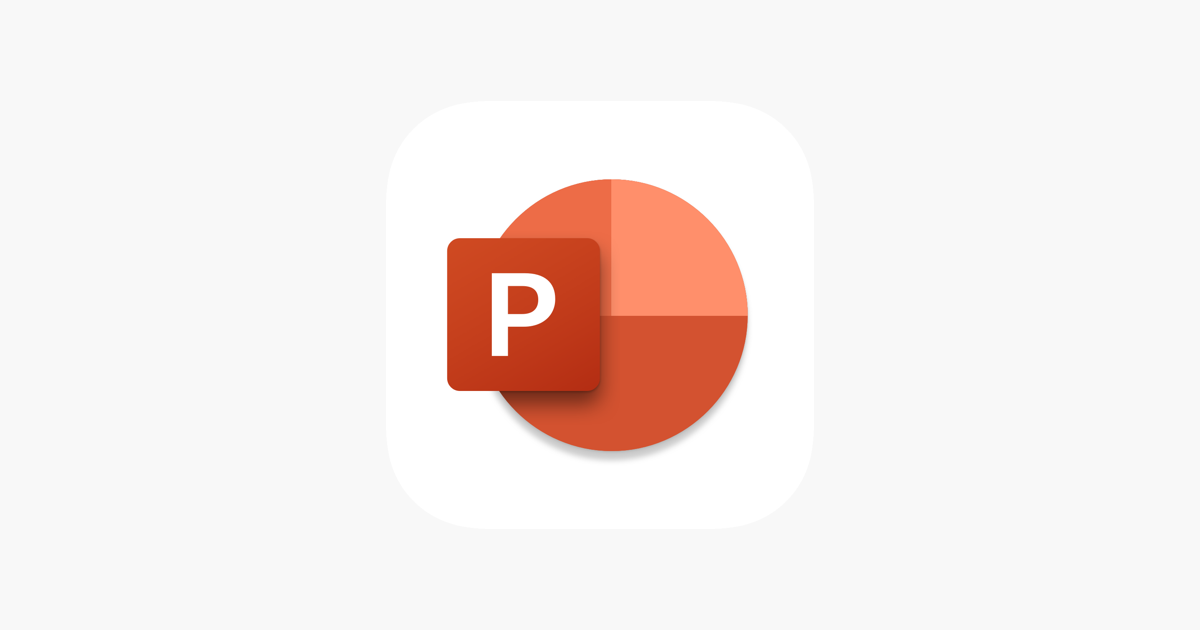
Presentation software, like previous programs, is usually a part of office packages. Apps of this type are necessary for working with combined content to create visually and informatively attractive documents. They convey important information to the audience (students, investors, lecture attendees, etc.).
Typical representatives of the class:
Microsoft PowerPoint. A typical example of presentation software that has been actively used for more than one decade.
Google Slides. A simple but intuitive product for quick creation and demonstration of projects.
WPS Presentation. A powerful tool that incorporates the best qualities of PowerPoint.
As before, this segment has its unequivocal leaders. However, some other packages are worth checking out. Although they are not as well implemented as the mentioned examples, they perform the same functions.
Collaboration Software
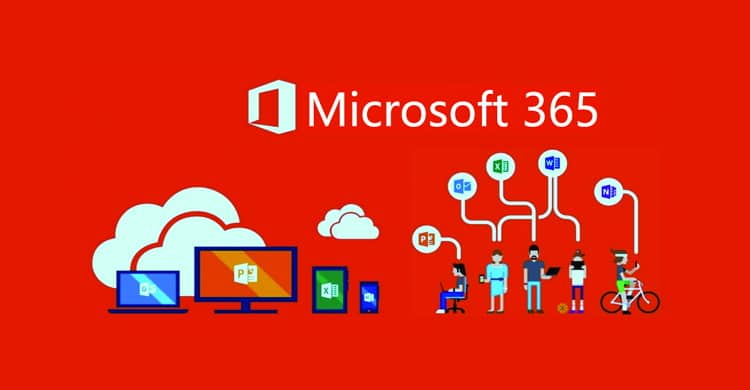
This type of IT solution partly refers to business application software. All because the practice of remote work or freelancing is quite common today. These products are intended to unite several workers in one project and establish close cooperation between them by sharing files, links, etc.
The most striking examples of such apps are:
Microsoft 365 in tandem with Teams. Probably, the best example in the computer software applications list for teamwork.
Google Workspace/iWork. The first package is universal, and the second is perfectly integrated into the Apple ecosystem, which makes both solutions equally effective, depending on the platform you use.
Slack. Probably, it is one of the most famous products today (especially in the IT industry). It stands out for its multi-platform support, as it has both a web version and apps for Windows, Linux, macOS, iOS, and Android.
It applies specifically to cooperation, but there is also a subtype of solutions for increasing productivity, resource planning, and project management.
Project Management Software
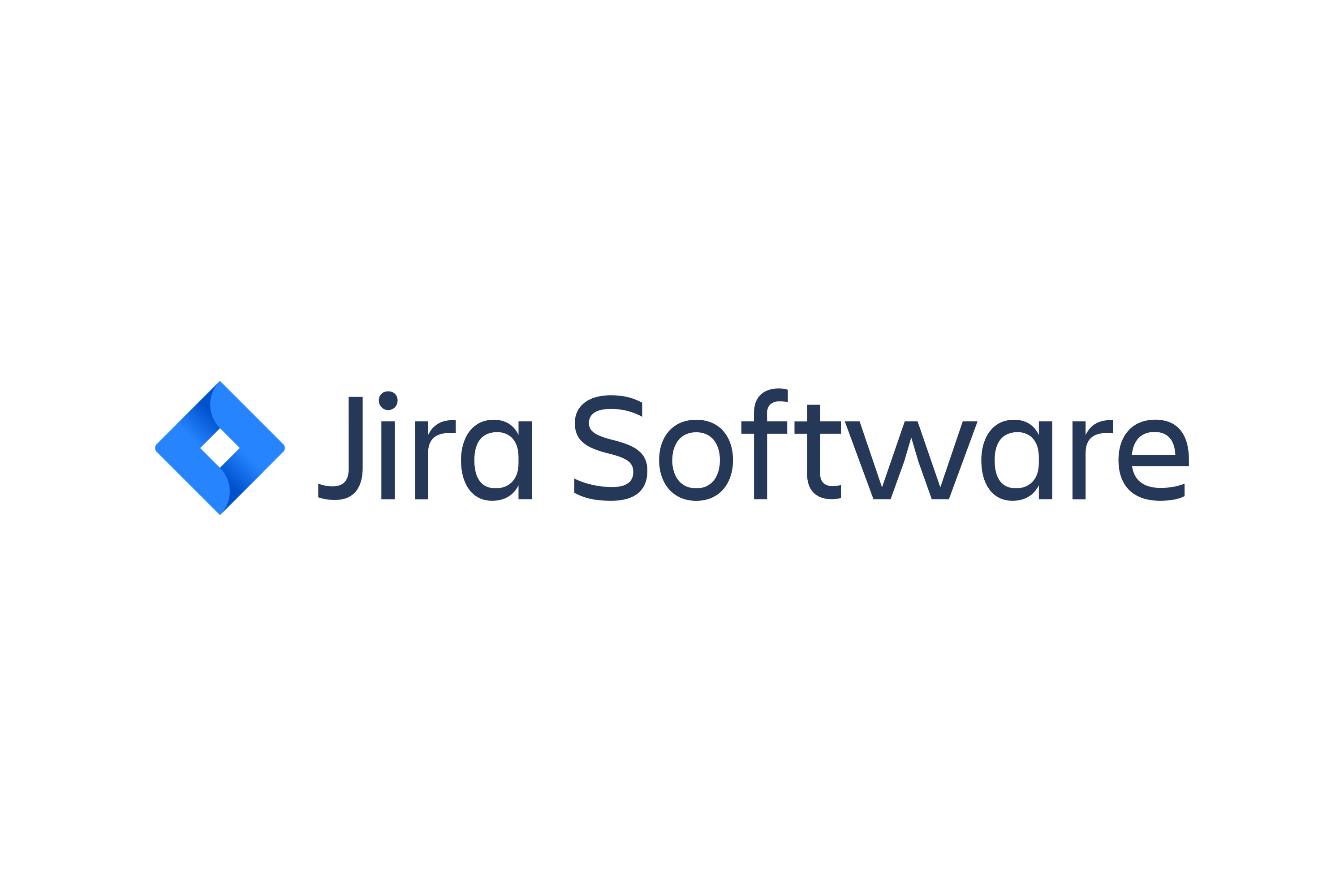
In general, project management application software is a niche class of digital products aimed at effectively organizing teamwork. The segment includes:
Confluence. A cloud-based system for setting up the working environment and monitoring your operation progress.
Jira. The most famous representative of project management software, especially among developers and QA specialists.
Asana. It is also a unique tool for teamwork on projects, regardless of their scale or complexity.
Each of these examples has a broad audience, which shows the popularity of this product segment. In general, there are many similar systems, but the ones listed here are well-known.
Communication Software
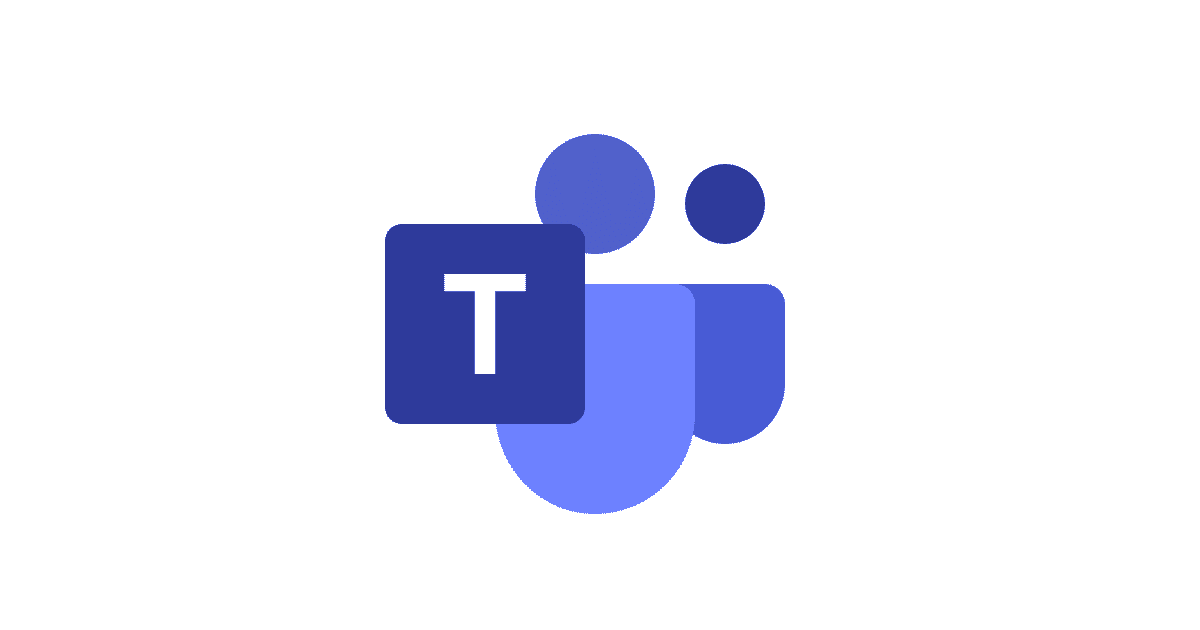
We could describe products like WhatsApp, Viber, etc., but these are not exactly typical examples of applications. Rather, these are popular messengers that combine several functions within one app.
Products for communication (in the context of this material) include:
Slack. Personal chats, team rooms, project discussions, etc. – all these features are implemented in the product.
Microsoft Teams. A comprehensive system for communication, integrated with other IT solutions of Microsoft.
Zoom. A tool for text or video conferencing with file sharing and more.
In fact, there is a wide variety of communication programs available, but the examples listed here provide the perfect balance of features and security.
File Sharing Software
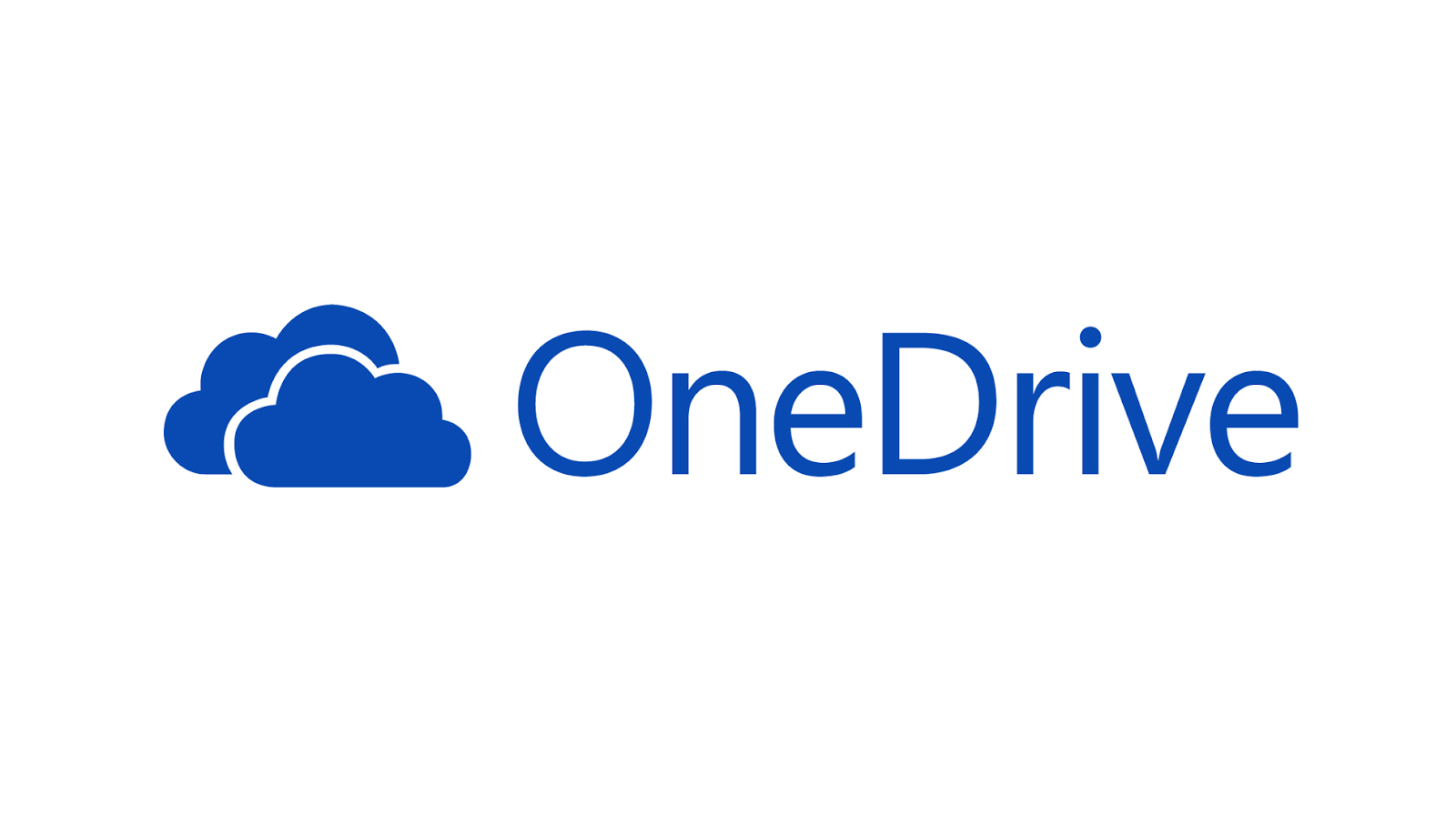
This type is necessary for organizations and ordinary users. It allows you to exchange files quickly and conveniently. The key feature of this applications is the availability of cloud storage, which is limited in free versions.
Key representatives of the segment:
Google Disk. The top solution for professionals whose work is associated with the network and requires processing many files.
OneDrive. An ecosystem-integrated product that provides fast data exchange within corporations, etc.
WeTransfer. A universal solution with the ability to synchronize access to files across systems for collaboration.
These and many other products greatly simplify data exchange, regardless of file size or format. Encryption, floating limits, and high connection speed combined with permanent information backup make such solutions indispensable for businesses or the personal needs of users.
Creativity Software

The segment of IT products for creativity is enormous, even by modern standards. Its roots go back to the 1990s, but the potential of this application kind has not been fully revealed to this day. The typical representatives of the genre include:
Adobe. A perfect representative of graphics software. The company produces apps for creating or editing photos, videos, animations, etc.
Autodesk. A company that has several examples of graphics software for the 3D segment, which includes Maya, 3DMax, and Fusion 360.
Magix. Professional tools for photographers and videographers, easy to use and quite powerful.
And all this is only the tip of the iceberg, since even these corporations have many products for creativity.
Graphic Design Software

Adobe dominates this niche, offering the most modern algorithms for working with graphics. Among the latest innovations, we can single out AI integrated directly into the toolkit. Therefore, do not be surprised that the top products are headed by the product of this brand.
The most popular solutions include:
Photoshop/Lightroom. Packages for processing photos that have turned into powerful tools for creating or editing graphics.
Fusion 360. Modern cloud package for 3D modeling and visualizations. It is used mainly in commercial projects.
Illustrator/InDesign. Systems for working with vector graphics, which have proven themselves as standards in the design industry.
In addition to the mentioned solutions, we can single out Figma, Gimp, and Cinema 4D, but there are many other such tools. However, not all of them meet industry standards.
Video Editing Software
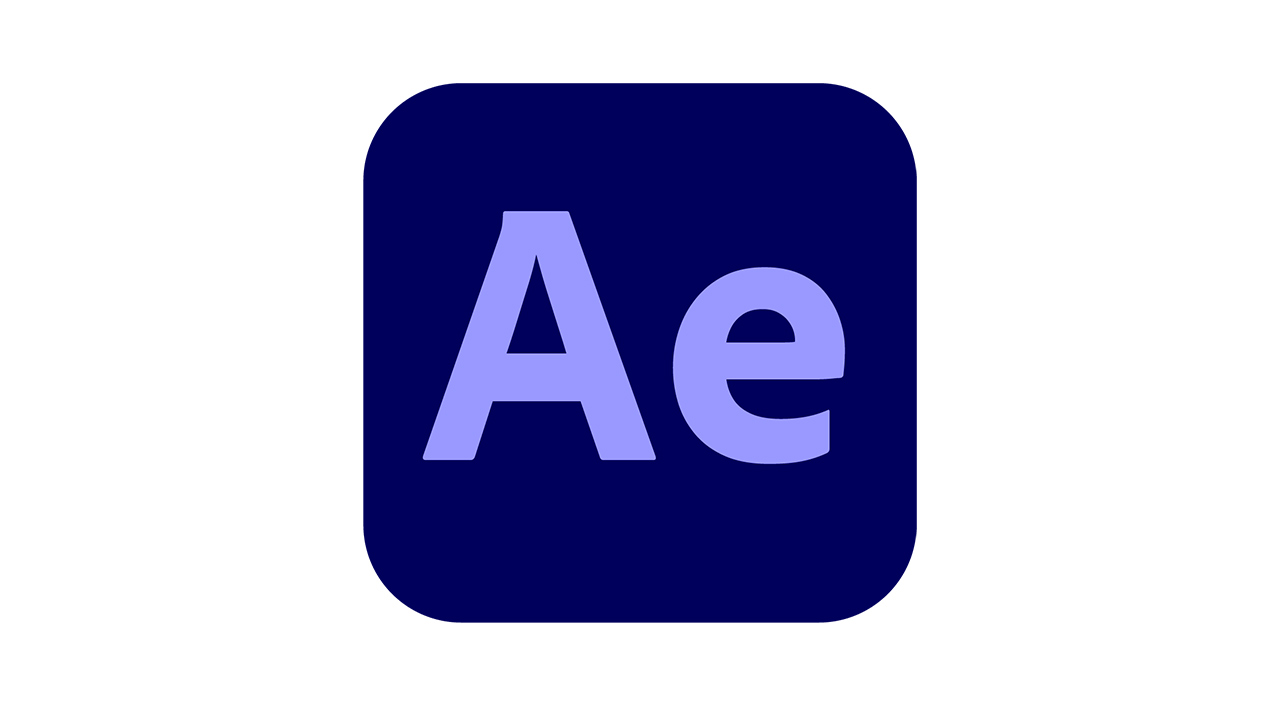
The multimedia application software segment is not complete without video editors. Entertainment, marketing, science – the content for these areas requires high costs for implementation. To simplify work with video, some powerful solutions are used, including:
AfterEffects. A product for working with effects, used for post-processing of video sequences.
Premiere. Premium video editing tool. It is used both in small projects and movies.
Final Cut Pro X. One of the best products used by professionals. The only caveat is that only macOS is supported.
The packages specified here are paid, so they are unlikely to be suitable for implementing personal projects. There are also free solutions, but they are not as powerful.
Music Production Software
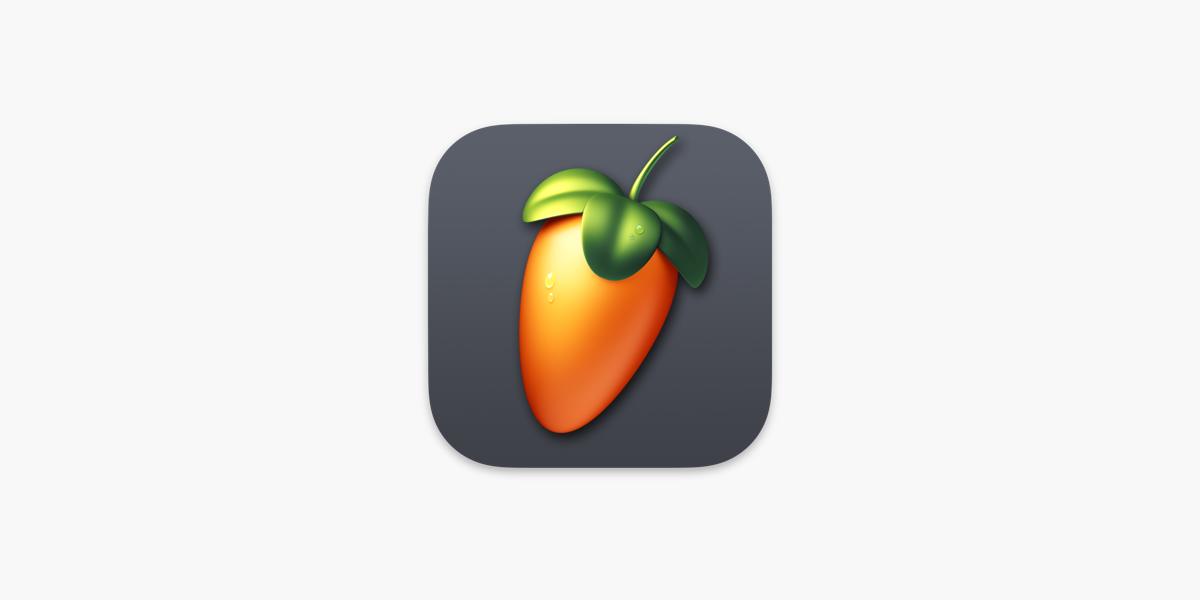
Multimedia software includes products for creating music as well. In any case, processing application software is used to edit compositions, but now we will focus directly on working with audio tracks.
The most prominent representatives of the segment include:
FL Studio. An icon of this class of programs that has held leadership positions in the niche for more than 30 years.
Garage Band. A cross-platform tool from Apple that allows you to create high-quality compositions even on smartphones.
Magix Music Maker. A powerful solution understandable even for industry newcomers.
There are other products for creating musical compositions, but these are considered the best as of 2023.
Enterprise Software
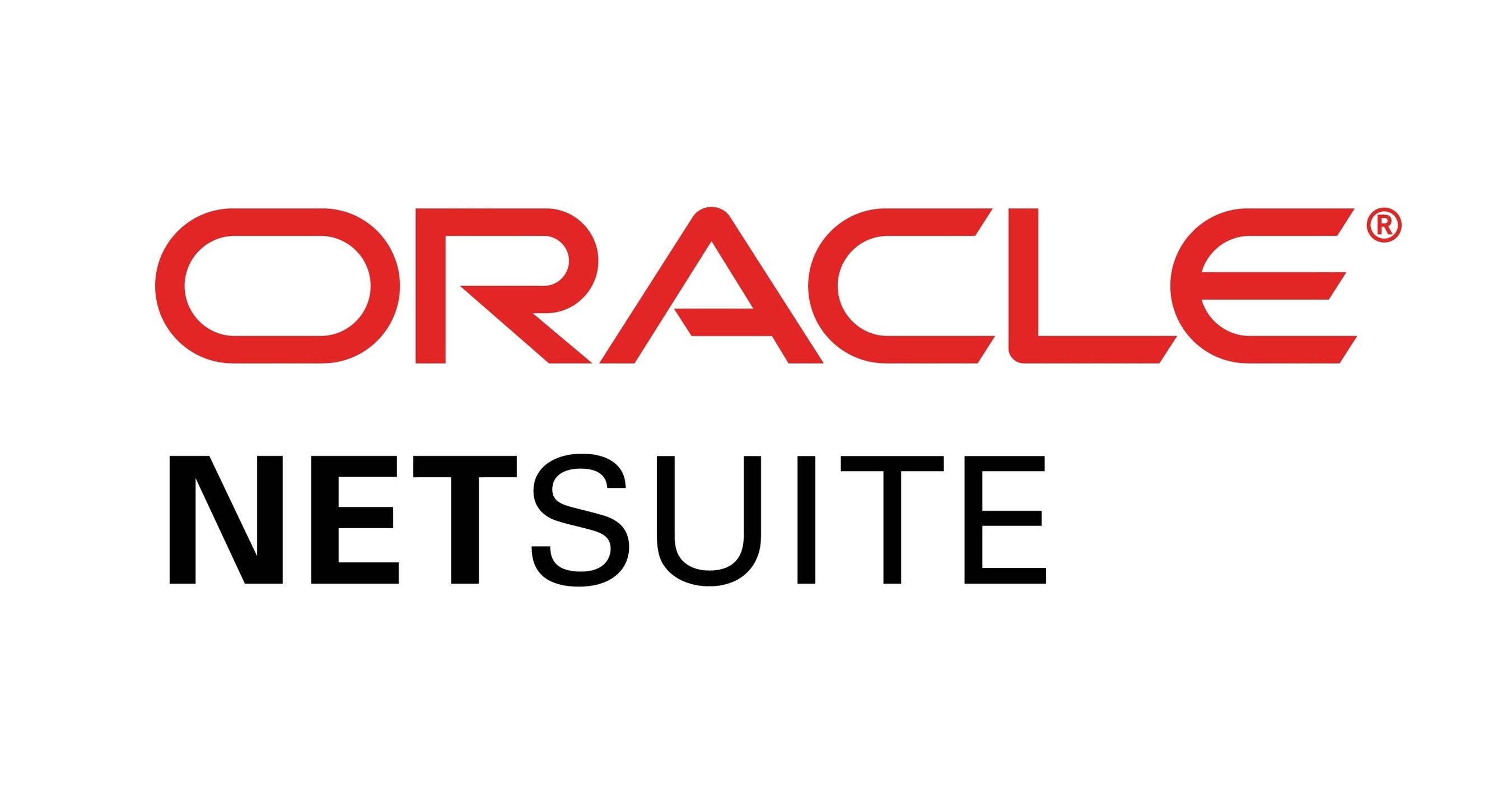
The segment is quite difficult to classify by product type because it depends on your business needs. However, this kind usually includes ERP, WMS, CRM (resource management software), etc.
Typical examples of such systems:
Microsoft 365. A package for managing corporate content, collaboration, and more.
Oracle Netsuite. An up-to-date boxed ERP that is in demand by companies worldwide.
Salesforce. A typical CRM that has held the leading position in the segment for more than two decades.
These and other explicit application software programs provide an opportunity to meet the IT needs of your business and digitize it as much as possible by integrating additional products or services.
Scientific Software
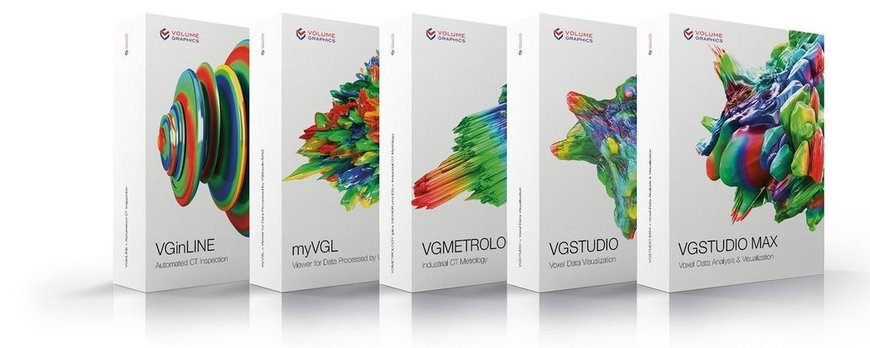
This group includes academic software, kinds of tutorial software, educational software, and even some examples of simulation software. It helps optimize and automate operations related to scientific activity.
Typical examples:
VGSTUDIO MAX. A complex of simulation software that allows you to reproduce various types of organic and non-organic objects in a digital environment.
ORCAD. A complex of products for designing electronics of various levels of complexity.
AutoCAD. A popular design and engineering system that helps calculate optimal technical characteristics of models.
It is a very narrowly focused program used by small groups of specialists. Usually, it is not very user-friendly, but it is extremely useful and effective.
Embedded Software
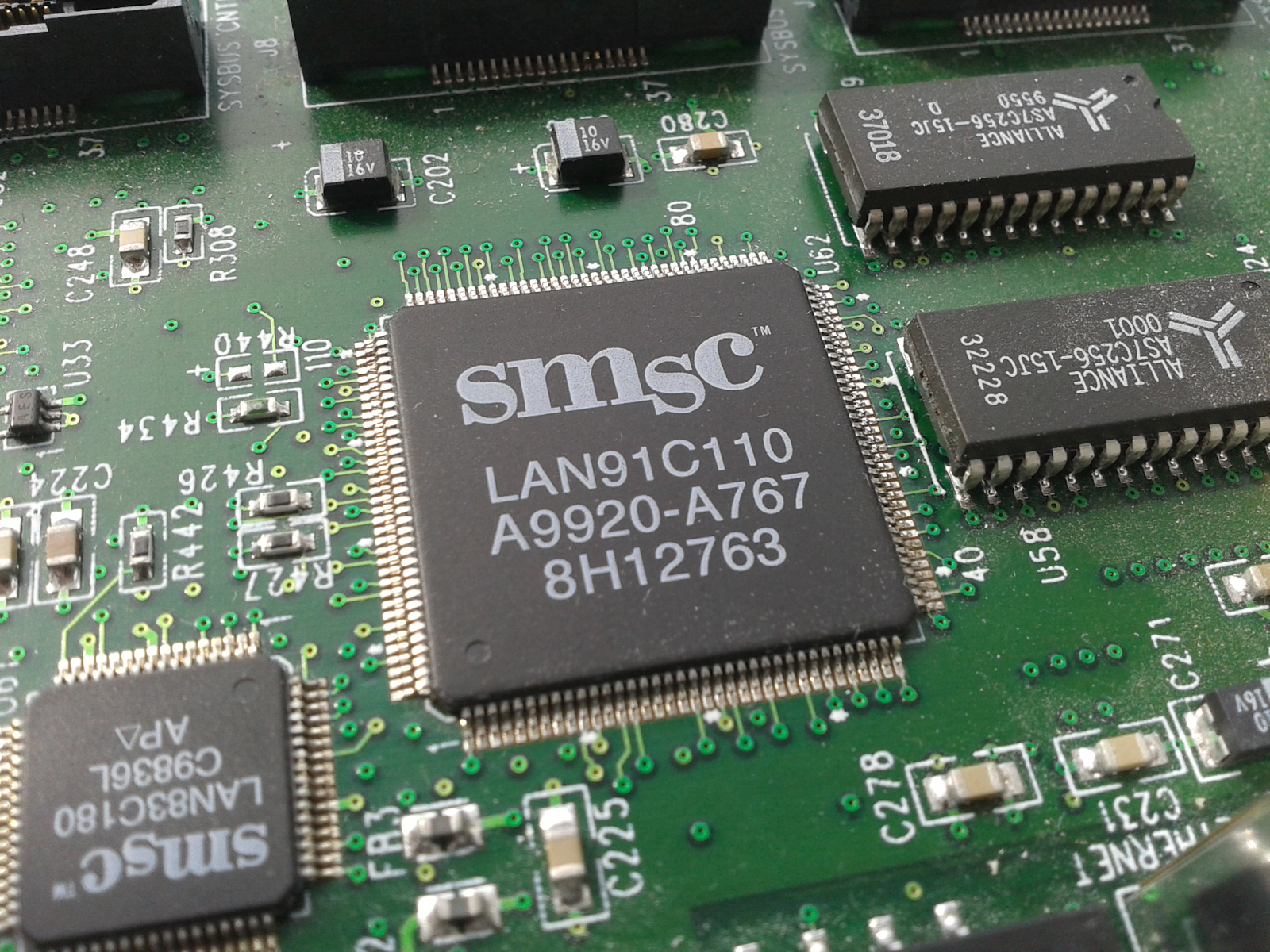
One example of such a solution is browser application software used for searching and drawing web pages on your PC, smartphone, etc. However, only some of them are system components (Microsoft Edge, Safari, Chrome (for ChromeOS or Android)).
As for built-in solutions, they are divided into classes:
IoT solutions. Software that is built into a device and runs through a certain platform.
Typical electronics. Mini-programs that are responsible for the performance of certain functions by the device.
OS. Advanced systems that can not only perform certain work but also be modernized in third-party programs.
And that's not all. In general, embedded applications is developed for specific devices and is put into them without the possibility of custom modification.
Custom Software
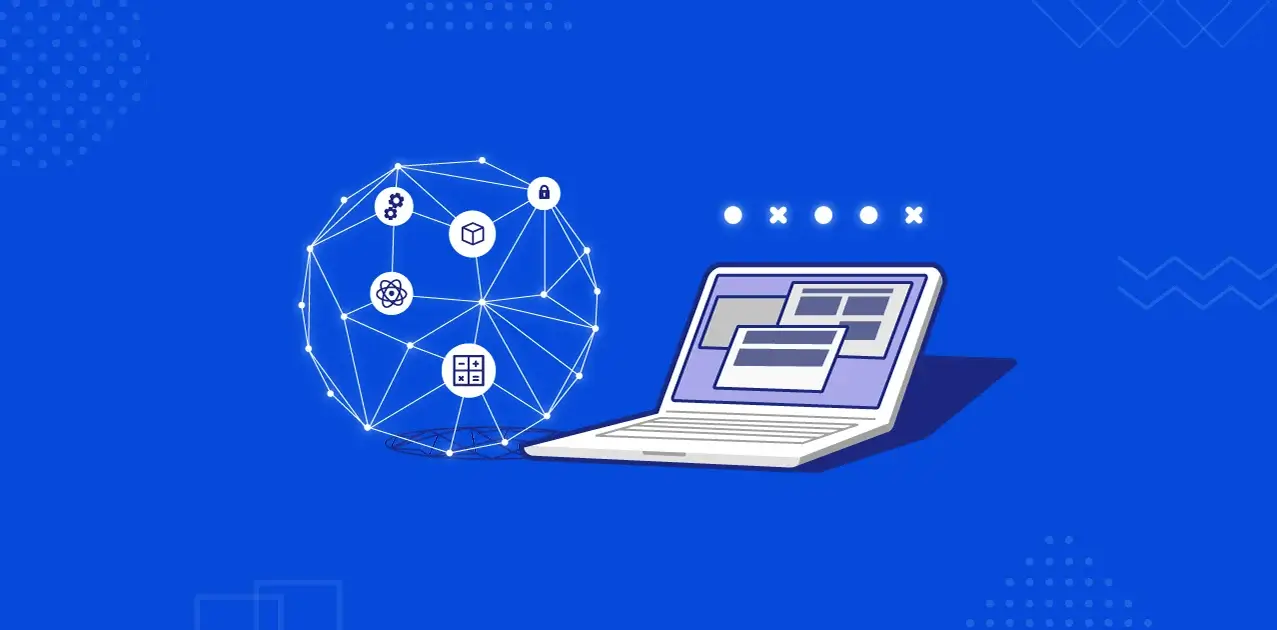
In general, any type of application programs can be included here if the product is made to order. However, this segment most often includes solutions created to meet specific business needs. For example, providing services to customers.
Such products include, for example:
ERP, CRM, CMS, and WMS. Used for corporate needs of companies or organizations.
Applications for communication. They are developed to provide users with paid and free services, monetize the software with advertising, etc.
Multimedia aggregators or streaming services. Used for monetization and filling a certain niche with a quality solution.
Actually, it is the right type of application software today, as it allows you to implement your concepts for their conversion into income from software distribution.
Packaged Software
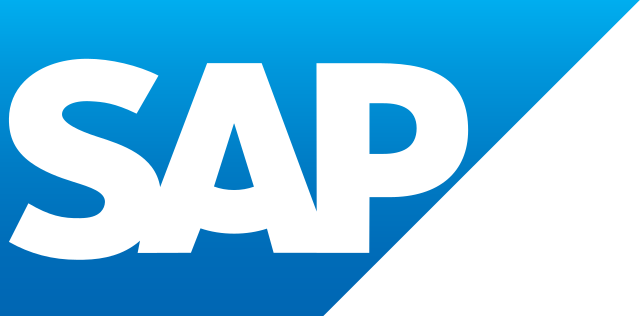
Boxed solutions include not only the list of computer applications software but also numerous cloud platforms. For example, SaaS, PaaS, BaaS, etc. They allow you to use existing solutions for your own needs without unnecessary expenses.
Ideal examples are:
SAP. One of the most common ERP platforms in the world, which has lots of subscribers and users.
Magento. A CMS with great potential, which is in demand among both private entrepreneurs and SMB representatives.
Microsoft 365. A universal system that can be adjusted to specific types of business and its actual needs.
The key advantage of such platforms is their versatility. Users only need to order a certain package of functions and integrate it into the business system. Further, the IT solution can be used for the company's needs by paying a monthly fee.
Updates are deployed periodically by the resources of the platform providers.
Open Source Software

Frankly speaking, open-source software is a bit worse than commercial solutions. Quality of implementation, stability of work, periodicity of updates – all these are the headache of OSS. However, such products have several advantages, including the GPL3 license, free functionality, and interesting concept (which does not depend on the wallet of investors).
Application software list of this type includes:
Blender. One of the best 3D packages available today. Absolutely free and very powerful.
DarkTable. Lightroom for Linux, with a good arsenal of features, but it's a rather problematic photo editor even now.
LibreOffice. A simple and convenient multifunctional package for working with documents of various types and formats.
This computer applications list is far from complete since there are still many ambitious projects on GitHub. But even the existing examples demonstrate the OSS alternatives, which are not much inferior to commercial projects.
Conclusion
Considering all the above and the examples given in the applications software list, we can state that there are no unnecessary niches. Multimedia, corporate programs, scientific solutions, etc., are in demand in specialized circles.
With the development of technologies, we will see new, more advanced forms of IT products or even fundamentally new concepts. However, now is the perfect time to innovate your own solutions.